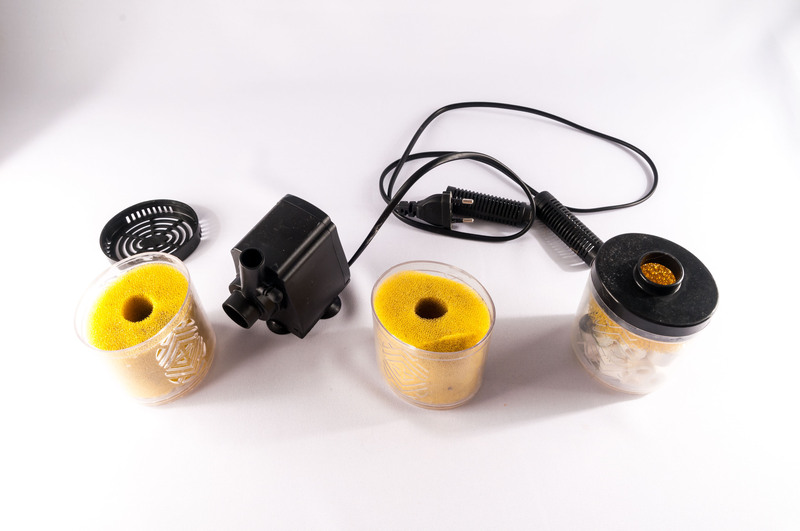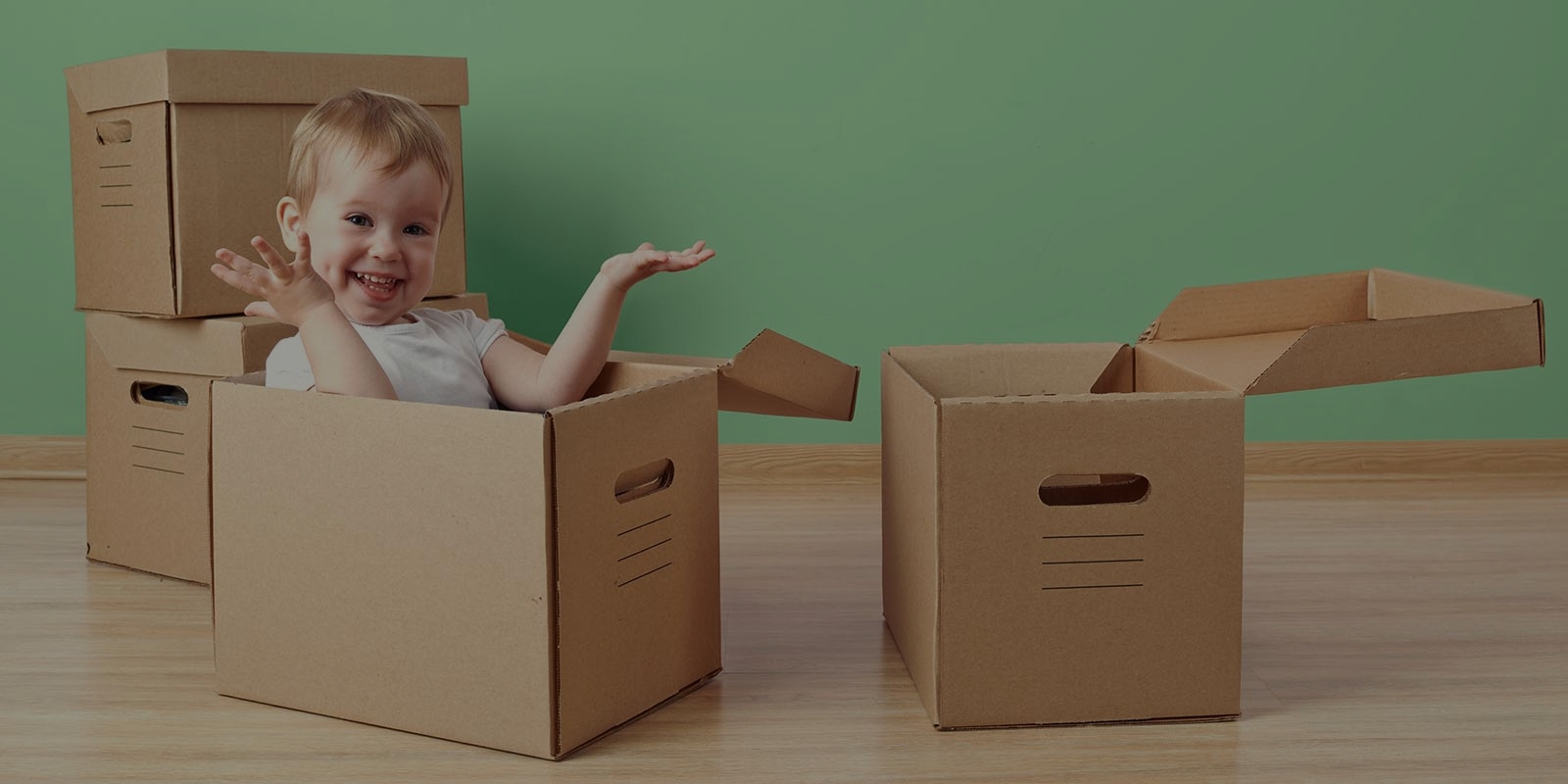Properly Storing Your Freezer: A Detailed Guide
Posted on 29/05/2025
Properly Storing Your Freezer: A Detailed Guide
Keeping your freezer organized and ensuring food stays fresh for as long as possible is essential for any household. Properly storing your freezer is not just about stacking food wherever there's space; it's about understanding freezing techniques, smart storage solutions, preventing freezer burn, and maximizing efficiency. In this comprehensive guide, you'll discover everything you need to know to optimize your freezer space and keep your food tasting its best.
Why Proper Freezer Storage Matters
A well-organized freezer offers numerous benefits:
- Reduces food waste
- Prevents cross-contamination
- Maintains food quality and flavor
- Saves time and money
- Makes meal planning easier
Freezing food is an excellent way to preserve nutrients, flavor, and texture, but improper storage can quickly undo these benefits. By following the best practices detailed in this guide, you'll learn how to store freezer items correctly for maximum freshness and efficiency.

Understanding Freezer Basics
How Freezing Preserves Food
Freezing slows down the growth of microorganisms and prevents food spoilage by lowering the temperature below 0?F (-18?C). However, you must manage moisture, air exposure, and temperature fluctuations to keep food in optimal condition.
Common Freezer Types
- Upright freezers: Easier shelving and organizing
- Chest freezers: Price-efficient, ideal for bulk storage
- Refrigerator-freezers: Convenient for daily use
The organization strategy will differ based on your freezer type, size, and family needs.
Essential Steps for Proper Freezer Storage
1. Prepare Foods Before Freezing
Preparation is crucial! Take time to prep, portion, and pack food. Here's how:
- Cool foods completely before freezing to avoid raising the freezer's interior temperature.
- Trim excess fat from meats to minimize off-flavors.
- Blanch vegetables to maintain color, flavor, and texture. This involves boiling for a short period, then plunging into ice water.
- Portion control: Divide large quantities into meal-sized portions, making it easier to thaw only what you need.
2. Use Appropriate Packaging Materials
Not all packaging is created equal. For maximally effective freezer storage, utilize:
- Freezer-specific zip-top bags: Thicker than standard bags and better at blocking air
- Vacuum sealers: Removes all air, significantly prolonging shelf life
- Heavy-duty aluminum foil
- Airtight containers: BPA-free, freezer-safe plastic or glass
Pro-tip: Avoid using wax paper or thin plastic wrap for long-term storage, as these allow freezer burn to form.
3. Label Everything!
It's easy to forget what's buried at the back of your freezer. Always:
- Label with the item and date frozen using permanent marker
- Consider noting recommended use-by dates for best quality
- Organize by "first-in, first-out" to use older items sooner
4. Prevent Freezer Burn
Freezer burn occurs when food is exposed to air, resulting in dehydration and off-flavors. Prevent it by:
- Removing as much air as possible from packaging
- Ensuring a tight seal on containers and bags
- Utilizing a vacuum sealer for maximum protection
- Not overloading your freezer, which can prevent proper air circulation
Smart Strategies for Organizing Your Freezer
Group Like Items Together
- Keep meats in one area or bin
- Store vegetables in another
- Dedicate space for bread, prepared meals, and frozen fruits
This method makes it simple to find what you need and rotate stock.
Utilize Bins, Shelves, and Dividers
Baskets and dividers keep your freezer neat and accessible. Opt for clear bins to view contents easily. Choose stackable containers for upright freezers, or crate systems for chest freezers to compartmentalize foods.
Organize by Frequency of Use
- Keep everyday items front and center for easy access
- Store rarely used or bulk items in harder-to-reach areas or at the bottom (in chest freezers)
Don't Overpack!
While a full freezer is more efficient, overpacking can block airflow and compromise freezing efficiency. Leave a slight gap between items and along the walls so cold air can circulate.
Best Practices for Freezing Different Foods
1. Meats and Seafood
- Wrap tightly in plastic wrap, then foil, or use vacuum-sealed bags
- Freeze in meal portions to limit thawing waste
- For ground meats, flatten packages for quicker freezing and thawing
2. Fruits and Vegetables
- Blanch most vegetables before freezing to preserve quality
- Flash-freeze fruits on trays first, then transfer to bags to prevent clumping
- Use rigid containers for watery fruits (like berries) to avoid crushing
3. Baked Goods
- Bag bread with as little air as possible; use foil for extra protection
- Layer cookies or pastries in containers between sheets of wax paper
4. Prepared Meals and Leftovers
- Let food cool completely before freezing
- Use airtight, portion-size containers
- Label well with contents and date
Defrosting and Maintenance Tips
Defrost the Freezer Regularly
- Manual-defrost models require periodic defrosting to remove ice build-up
- Check manufacturer's guidelines for frequency and safety procedures
Clean and Inspect Frequently
- Wipe spills as soon as noticed
- Every few months, empty the freezer and clean with a solution of baking soda and water
- Check door seals to ensure a tight closure and energy efficiency
Monitor the Temperature
- Keep a thermometer inside your freezer to ensure temperature stays at or below 0?F (-18?C)
- Fluctuations can compromise food safety and quality
FAQs About Freezer Storage
How Long Can Foods Safely Stay in the Freezer?
While properly frozen food is generally safe indefinitely, quality suffers over time. Here's a general guideline:
- Raw poultry: up to 9 months
- Beef steaks: up to 12 months
- Vegetables: 8-12 months
- Soups and stews: 2-3 months
- Bread: up to 3 months
What Shouldn't I Freeze?
- High-water content produce (lettuce, cucumbers): Will turn mushy when thawed
- Cream-based sauces: May separate
- Eggs in the shell: Can crack as contents expand
How Do I Thaw Frozen Foods Properly?
- Refrigerator thawing is safest and preserves quality
- In a pinch, use the microwave or submerge sealed bags in cold water
Energy Efficiency and Freezer Safety
Maintaining an organized freezer isn't just about convenience--it also improves energy efficiency and food safety.
- Only open the door when necessary to preserve cold temperatures
- Keep your freezer at least 2/3 full to limit temperature fluctuations
- A clean, organized freezer is less likely to harbor spoiled food

Conclusion: Mastering Proper Freezer Storage
Properly storing your freezer is an attainable goal that ensures food safety, cuts down on waste, saves money, and keeps your meals delicious. By understanding optimal freezing methods, using appropriate packaging, labeling, and organizing by frequency and category, you can make the most of your freezer space.
Take the time to keep your freezer well-maintained and follow this detailed freezer storage guide. You'll enjoy fresher food, simpler meal prep, and less stress every time you open the freezer door!







